Red Light Therapy vs. Blue Light Therapy: Understanding the Differences and Applications
Introduction
We cannot deny the fact that light therapy has become a simple, less invasive, and effective method to treat different health concerns. Different forms of light therapy use wavelengths of different lights, including red and blue. These specific therapies are important to treat different medical issues. However, a billion-dollar question here is which one is better?
Red light therapy or blue light therapy? Well, we are going to discuss it in detail for your better understanding. There is no doubt that both treatments have their benefits. However, some patients find it hard to learn about them to make a choice.
But now you will be able to make your choice easily with this insightful post. So that you can know which therapy will prove to be effective for your medical needs as well, let's start digging deeper and find out more about these two therapies!
Basic Principles of Light Therapy
Before we begin, we need to understand how light therapies work on you. The simplest way to understand this is by considering their wavelengths. These wavelengths target cellular bodies and perform corresponding functions.
Also, the phenomenon of light therapies is photobiomodulation. Most light therapies like RLT target mitochondria, which not only enhances the metabolic reactions in the body but also increases the energy in the body.
Below is a quick overview regarding the functioning of red and blue wavelengths!
Red Infrared Light:These wavelengths lie between 600 nm and 1000nm and target mitochondria present in the cells. These cellular components will absorb photons from these wavelengths, which enhances the speed of electron transportation. When this happens, it will give rise to ATP (energy) production. Therefore, as a result, the body will be able to experience better tissue repair, less inflammation, and better circulation.
Blue Light: Blue light therapy has short wavelengths which range between 400 nm to 500 nm. It is effective for its bacteria-killing nature, including Propionibacterium, which causes acne on the skin. The BLT will trigger the porphyrin, which is present in these bacteria. It will release reactive oxygen from them. Now, this oxygen will come in handy to kill these acne-causing bacteria, which can prove to be effective in catering to acne.
One major and visible difference between RLT and BLT is the nature of their wavelengths. RLT has longer wavelengths, which penetrate deep into the skin and target cellular bodies. This therapy creates influences on the inner side of the body. Whereas BLT has shorter wavelengths, and due to this reason, it does not penetrate the skin and treat different skin issues for the patients.
LED Red Light Therapy
Definition and Basics
Red Light Therapy uses highly specific wavelengths of red infrared light, and it normally ranges between 600 nm and 1000nm. These wavelengths are considerable to cross the tissues, target cellular bodies, and enhance different body functions.
This therapy follows the approach of photobiomodulation. RLT sends wavelengths directly towards the mitochondria and triggers an increase in energy production. In this way, RLT enables the body to speed up recovery from inside, which reflects outside the body of the patients.
Benefits and Applications
Skin Health and Anti-Aging:LED Light Therapy is good for keeping your skin youthful and natural. From wrinkles to eczema, you can treat different skin problems with the help of RLT easily. Its anti-aging properties prove to be effective for old patients as well.
Wound Healing and Tissue Repair:RLT also enhances the count of fibroblasts in the body, which is crucial in case of extreme accidents and injuries. Fast wound healing and tissue repair are possible with RLT on all counts.
Pain Relief and Inflammation Reduction:For inflammatory health concerns like arthritis, in which joints undergo severe inflammation and pain, RLT is a good asset. It reduces the inflammation and body pain caused by it successfully.
Other Notable Applications:RLT is also an effective method for helping neuro patients and enhancing their cognitive functions at the same time. Professionals have used RLT to effectively reduce the health risk for patients in terms of cognitive disorders.
Side Effects and Precautions
Common Side Effects:LED Light Therapy can leave the skin dry and somewhat irritated. Due to this reason, skin ointments and moisturizers are important to use a few hours after undergoing RLT. Covering your face and eyes is important to protect them from any possible damage caused by RLT as well.
Who Should Avoid LED Red Light Therapy?:For photosensitive patients and pregnant women, RLT is not a good option. Such patients are more vulnerable to the side effects of this method. Therefore, these patients should consult an expert before using RLT to treat different health problems. Better alternatives must be available for them, which can mimic the results of RLT successfully.
Are you looking for an at-home red light therapy device?
Bontanny's red light therapy at-home devices are designed to help you achieve optimal wellness. They offer free-standing floor models, table stands, and portable units to fit your needs.
The Bontanny Moving Pro Series Red Light Therapy Device with Stand is a great option for those looking for a versatile and effective device. Many customers have praised the high-quality build and flawless function of the Bontanny Red Light Therapy Device.
Blue Light Therapy
Definition and Basics
Blue Light Therapy uses the wavelengths of blue light, which remain between 400 nm to 500 nm. Since these wavelengths are short, this treatment is useful for skin problems. These wavelengths don't penetrate deep into the body at all. The BLT works after triggering the porphyrin, which is a common photosensitizer in the body. It generates reactive oxygen, which kills propionibacterium, the main reason behind facial acne.
Benefits and Applications
Acne Treatment:Blue Light Therapy is considerable because of its skin-friendly results. It mainly treats acne by killing acne-causing bacteria. Also, inflammation caused by acne liaison and skin irritation is much easier to treat with BLT. It is also non-invasive and can prove to be more cost-efficient to undergo instead of high-end acne-relieving products and ointments.
Mood Disorders and Seasonal Affective Disorder (SAD): Blue light is also effective for uplifting the mood. Due to this reason, depression patients can avail themselves of many benefits from BLT and come out of their rabbit hole successfully. In this way, they can fix their sleep and also lighten their mood.
Other Notable Applications:Blue Light Therapy is also common in the field of dentistry for teeth whitening procedures. Other than this, for skin problems like eczema and psoriasis, BLT is a useful treatment.
Side Effects and Precautions
Common Side Effects: Blue Light Therapy is not harmful, but it can cause redness and leave your skin a little irritated later. However, these skin problems are temporary and can be fixed in time as well. Sometimes, you might feel a little warmth after the treatment as well.
Who Should Avoid Blue Light Therapy?: There is no doubt that BLT is an effective method for skin problems. But for patients, BLT can be harmful.
BLT is not for those patients who have experienced cancer recently. In this case, expert consultation is important.
Covering the eyes with goggles is critical so that it won't harm the eyes along with the face as well.
If a patient is consuming medicines that make them sensitive to light, then BLT is also not a safe option to go for.
It is also not recommendable for pregnant women, and therefore, timely consultation is useful to prevent any possible damage.
Comparative Analysis: Blue vs. Red Light Therapy Benefits
Overlapping Benefits
Skin Health:We cannot argue that both therapies are useful for skin benefits. These trigger the production of collagen, which reduces skin aging and removes fine lines and wrinkles as well.
Mood Regulation: Both these therapies are also effective for mood uplifting. Depression patients and those struggling with anxiety can rely on RLT and BLT to solve their problems. These are not damageable and, therefore, prove to be beneficial for fixing your mood when you need it the most.
Distinct Advantages
-
Red Light Therapy:
-
Wound Healing:Red light therapy before and after is crucial for speedy wound healing, which helps reduce the pain and suffering in case of extreme accidents.
-
Pain Relief and Inflammation Reduction:It is useful for pain relief and reducing inflammation in orthopedic conditions like arthritis which targets joints and bones.
-
Deep Tissue Penetration: RLT is reliable because it targets the cellular bodies beneath the skin due to its deep penetration.
-
-
Blue Light Therapy:
-
Acne Treatment: Nothing can beat BLT for reducing acne on the skin since it deeply removes the acne-causing bacteria.
-
Mood Disorders:It is beneficial for fixing different mood disorders. For depression and anxiety patients, BLT can show promising results.
-
Teeth Whitening:Blue Light Therapy is also good for teeth whitening, which targets the stained enamel and removes plaque from it. Thus, it enhances the natural color of the teeth easily.
-
Safety and Efficacy
-
Safety for Prolonged Use: Both therapies can be easily relied on for long-term usage because these won't be harmful to the patients. Even RLT is safer in this regard because it does not harm the skin, even in prolonged exposure at all. Therefore, there is nothing to worry about both therapies in this regard. Other than this, the exposure depends on the individual’s condition.
-
Effectiveness Based on Scientific Studies:Both methods are effective in their departments. There are hundreds and thousands of successful cases of both RLT and BLT. The results were satisfying, and the patients were content after undergoing these therapies as well.
Practical Considerations
1.Choosing the Right Therapy
It is important to pick the right therapy type for yourself. Your skin type, medical history, and various other factors are important to consider in this regard. Also, always make sure to consult a dermatologist or a general physician if you have any doubts before undergoing these therapies.
2.Duration and Frequency
One thing to note here is that the frequency of these therapies depends on the situation of the patients. However, the recommended duration for RLT and BLT is 25 minutes for 5 days per week. Some patients might not even need this much exposure. Therefore, the best will be to consult with professionals and find out the right duration of exposure for yourself in this regard.
3.Equipment and Devices
It is obvious that the quality of the equipment for these therapies directly determines their success rate. Therefore, the better will be to rely on industrial grade and quality equipment and devices to ensure better results. Also, you should rely on such services and healthcare providers who don't compromise on the quality of the equipment used for giving these light therapies to the patients. In this way, you will be able to deal with possible complications later.
Conclusion
Hopefully, now you can easily make your choice between RLT and BLT for yourself. In this post, you were able to learn about both therapies with the help of their comparison.
From their benefits to approach and side effects, Bontanny explained these methods in detail for you. The best will be to stick to the general guidelines to prevent any complications. Other than this, you should always consult your doctor to not only ensure desired results but also keep yourself from possible damage in the future.

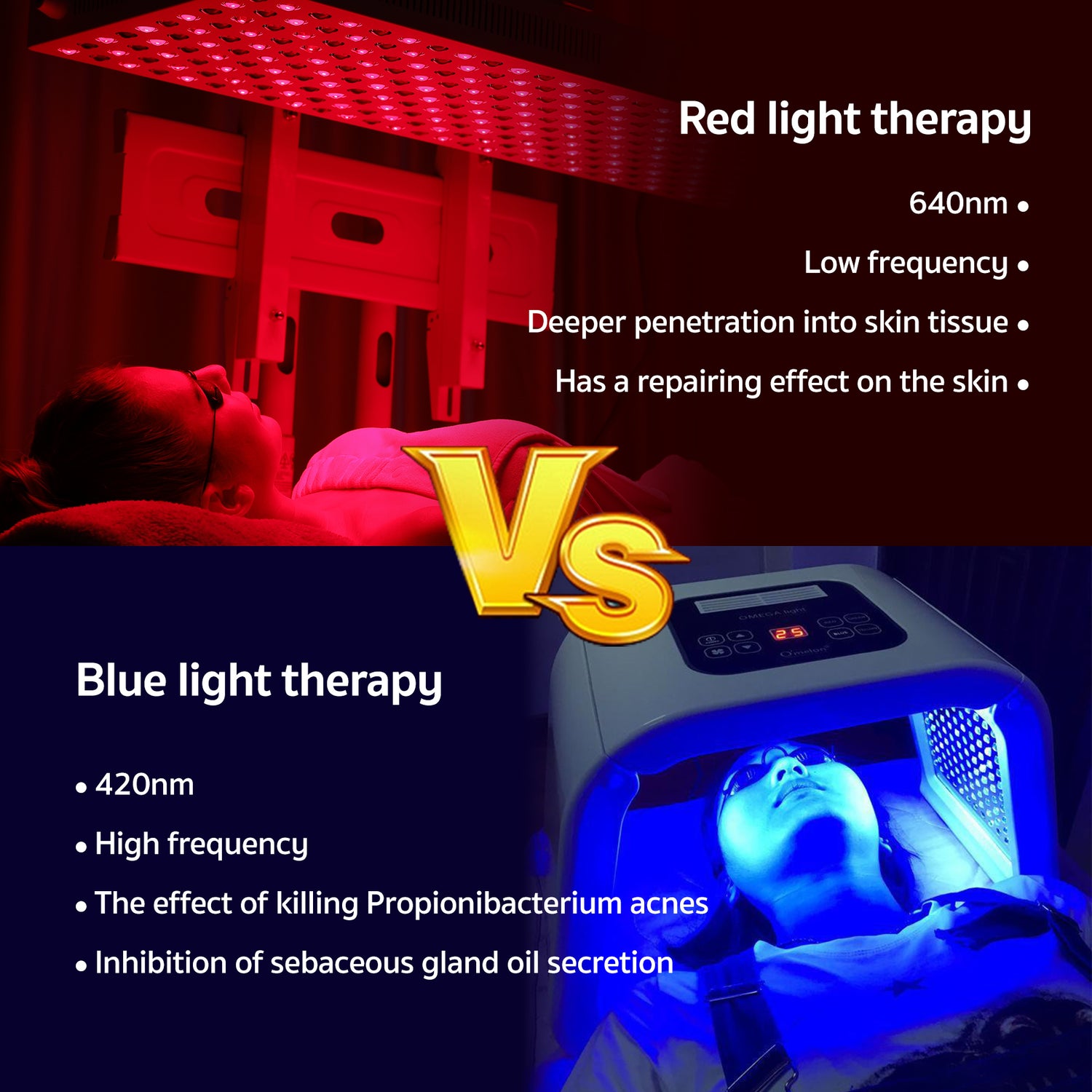
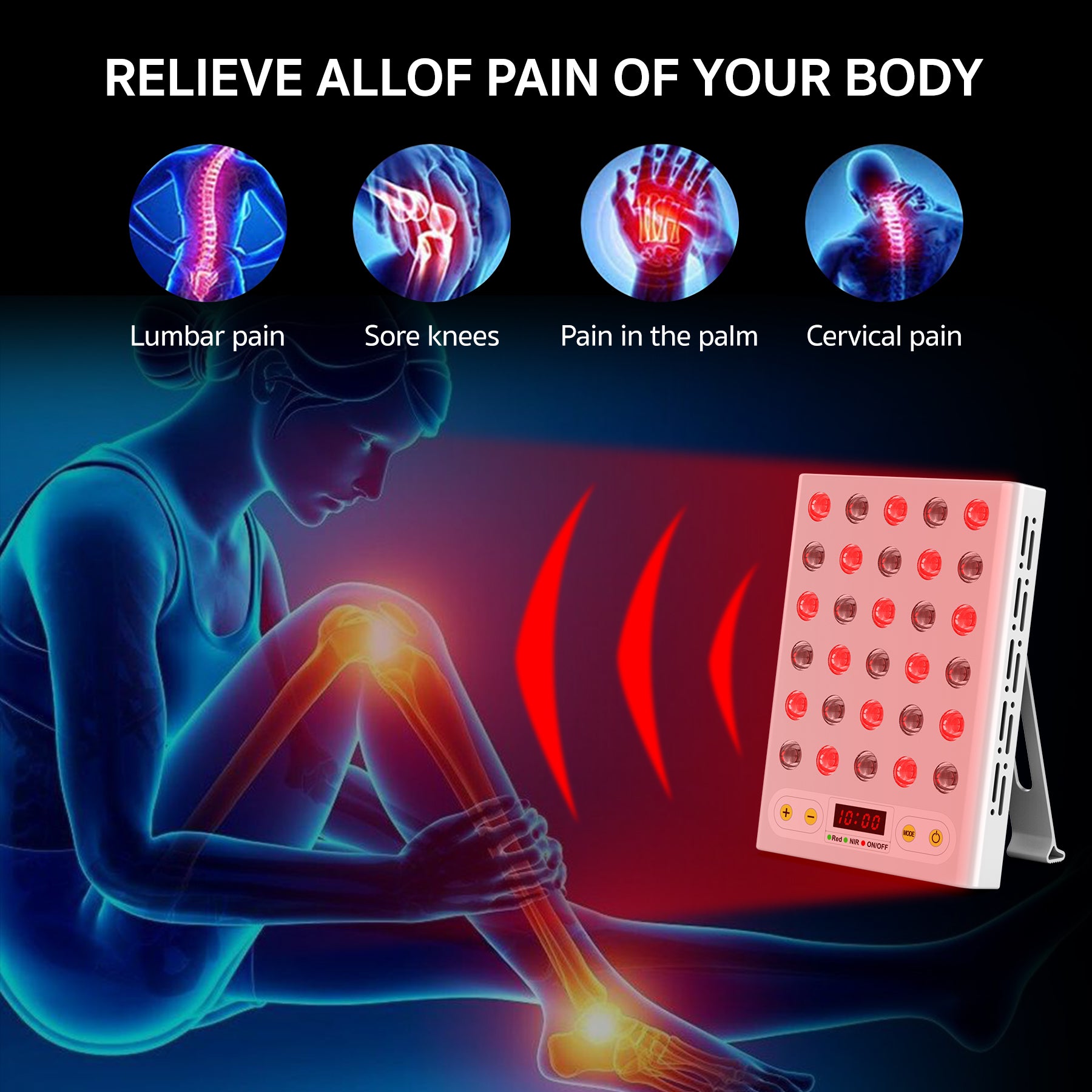
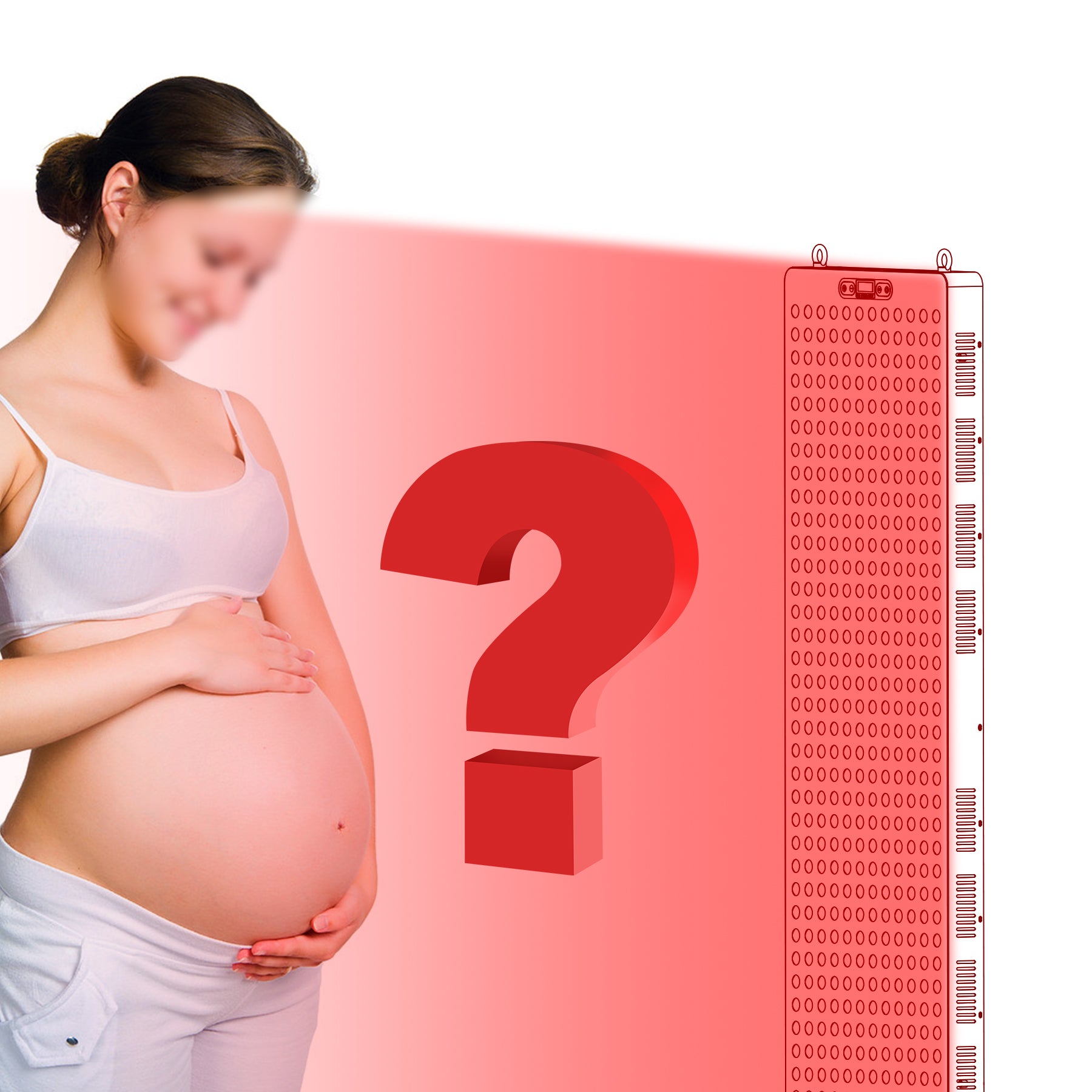
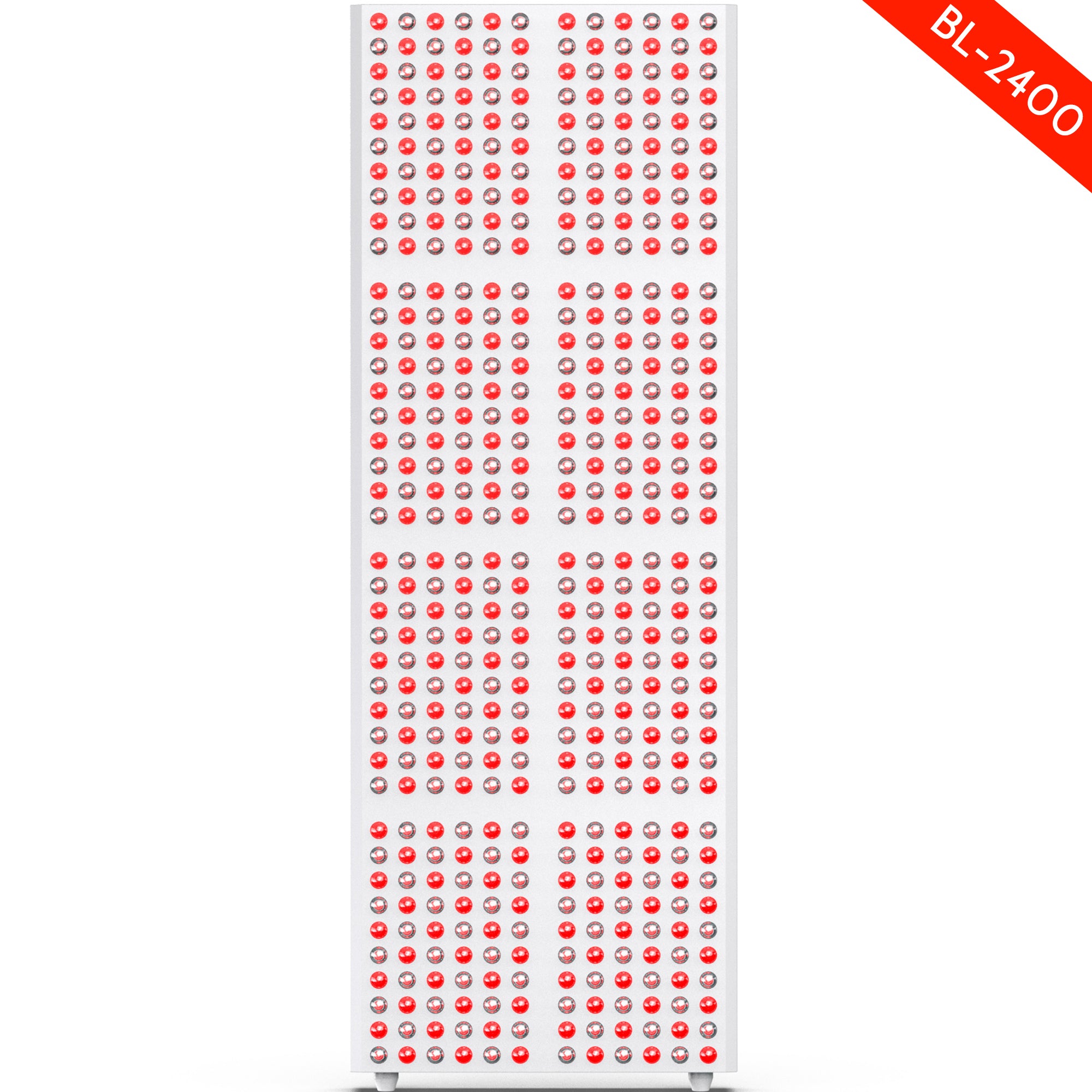
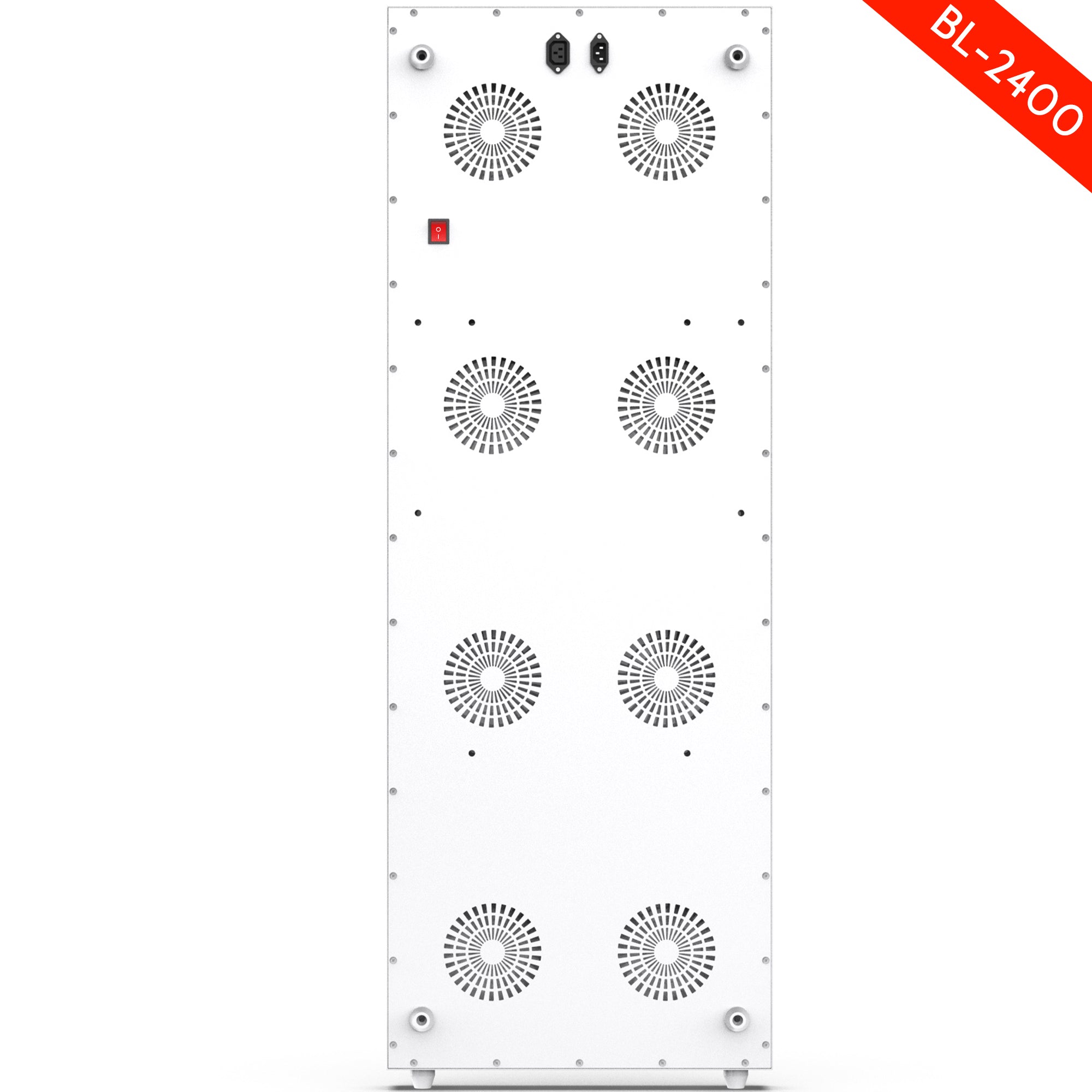
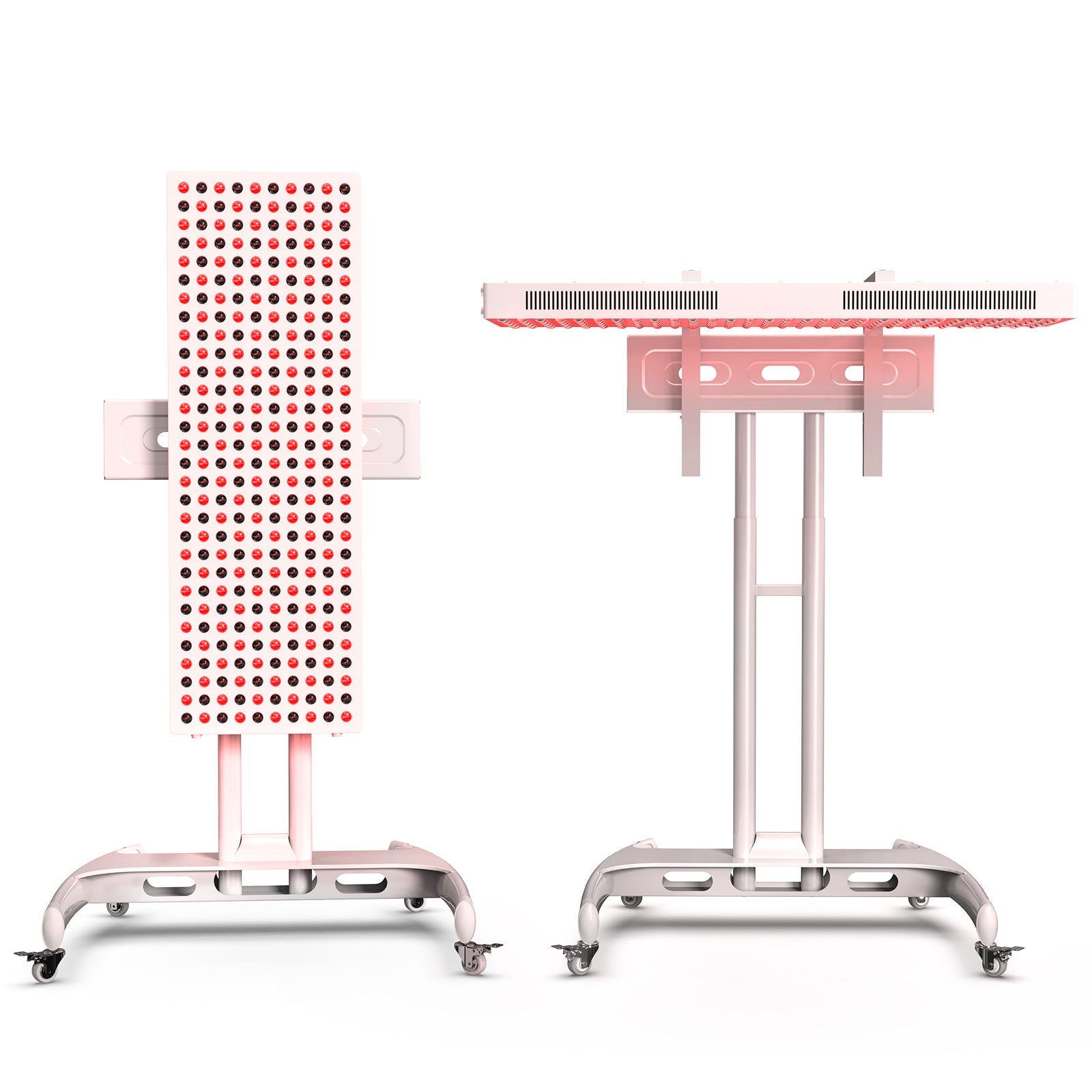
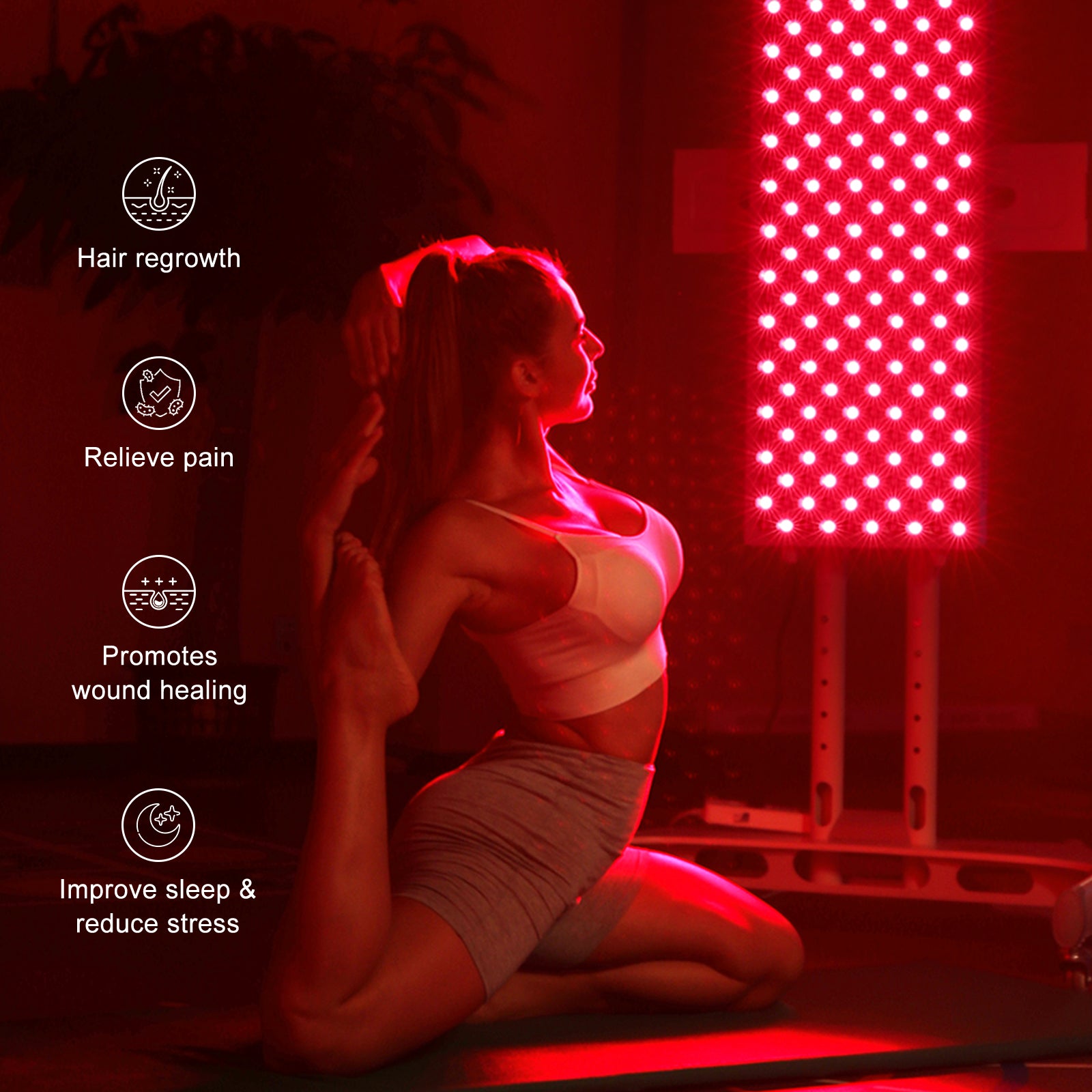
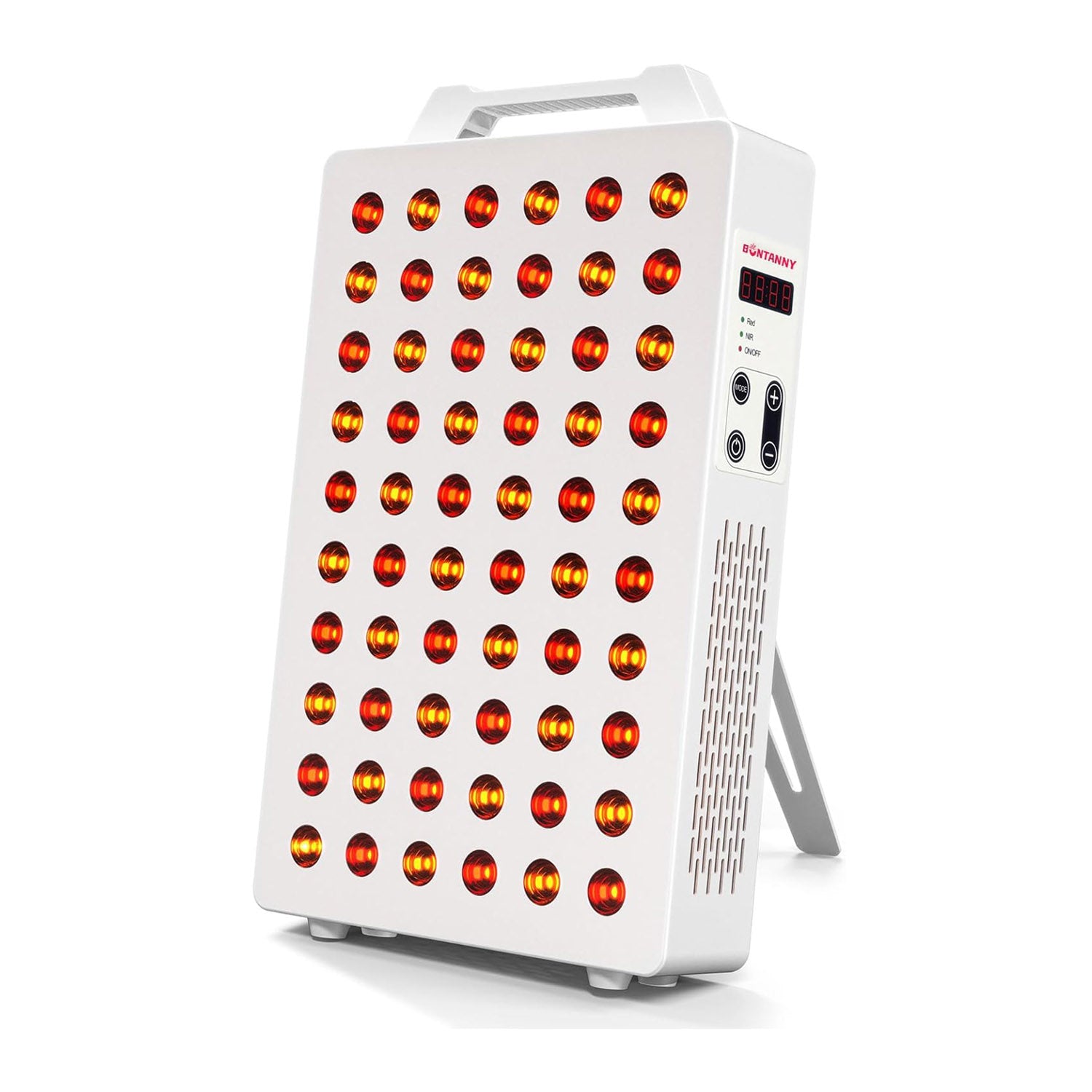
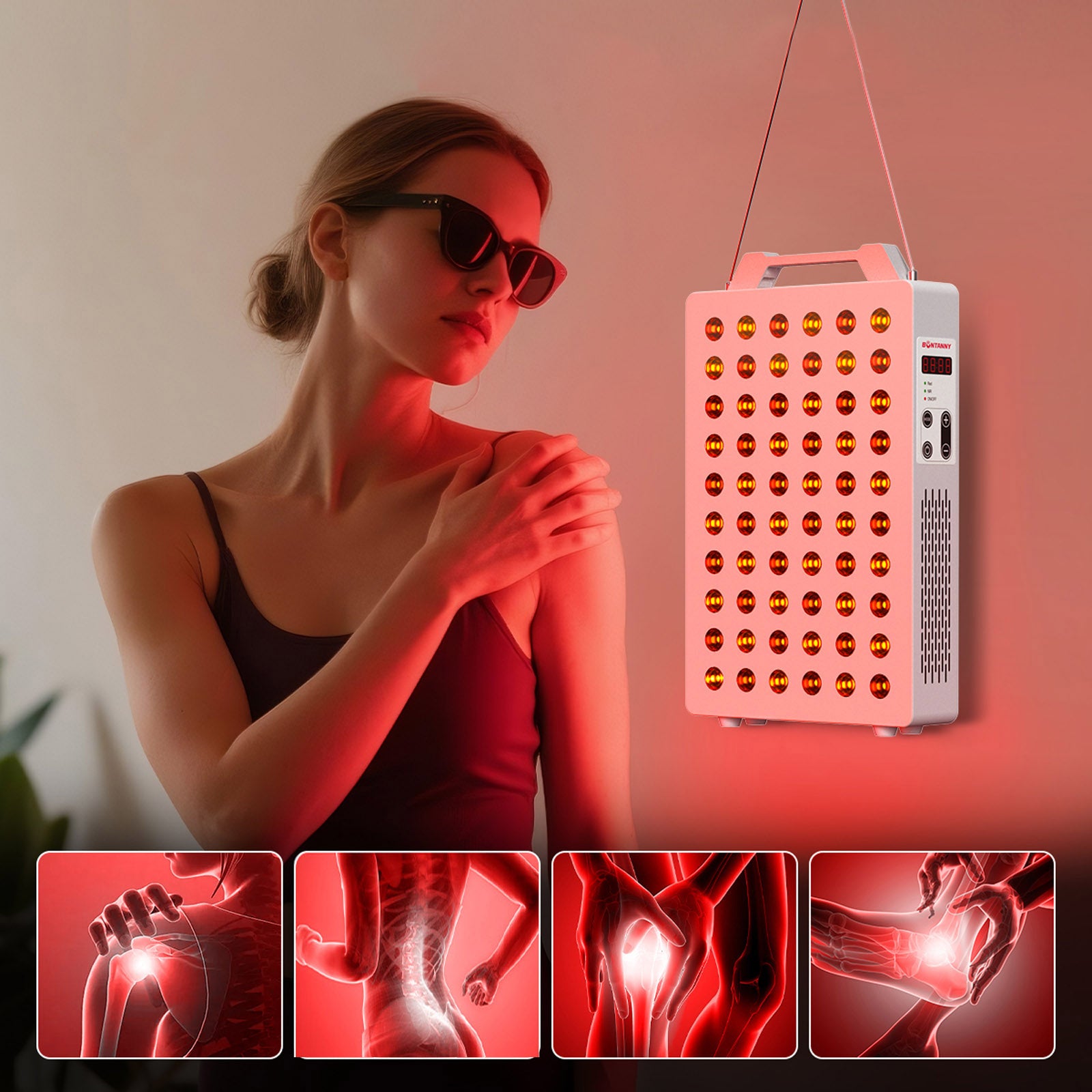
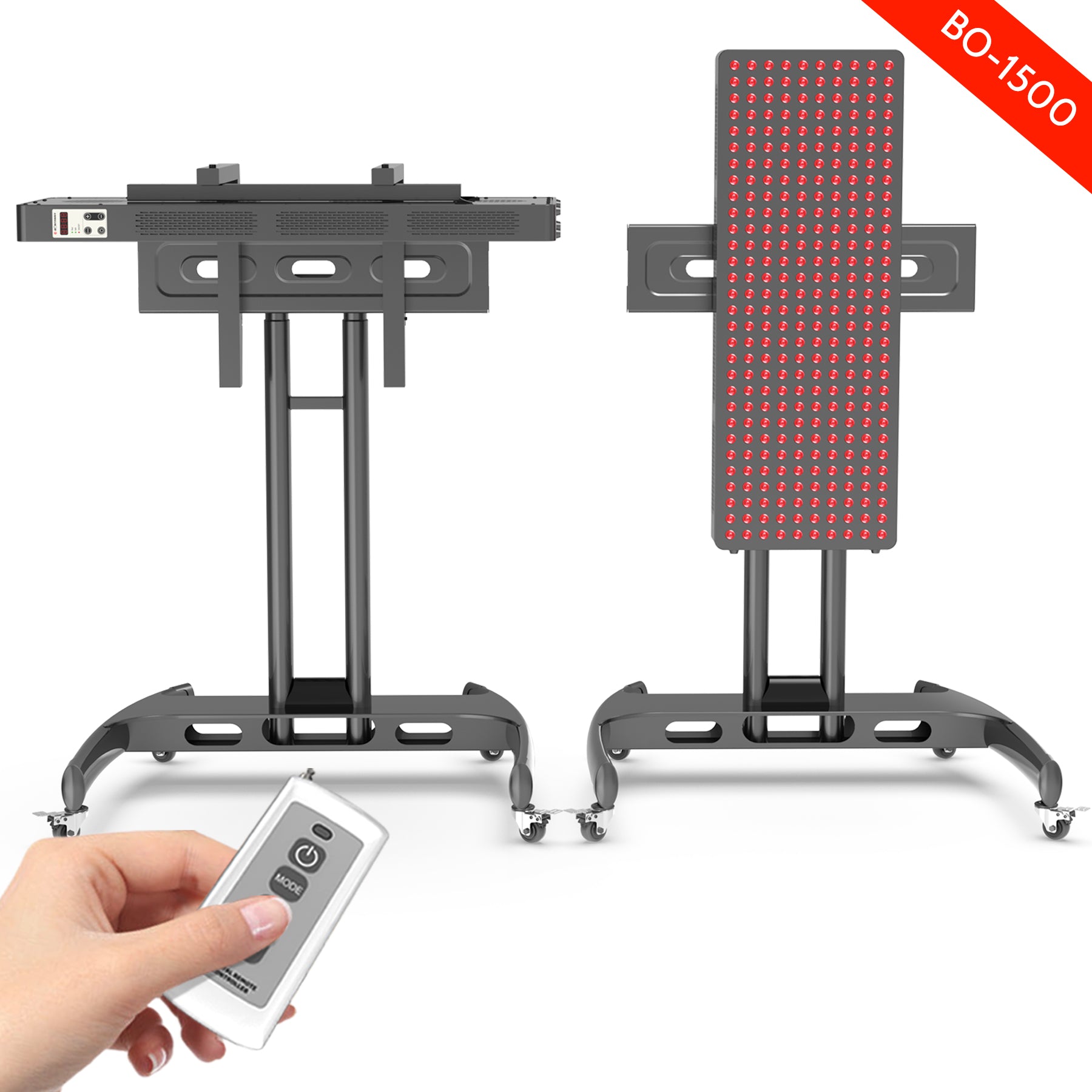
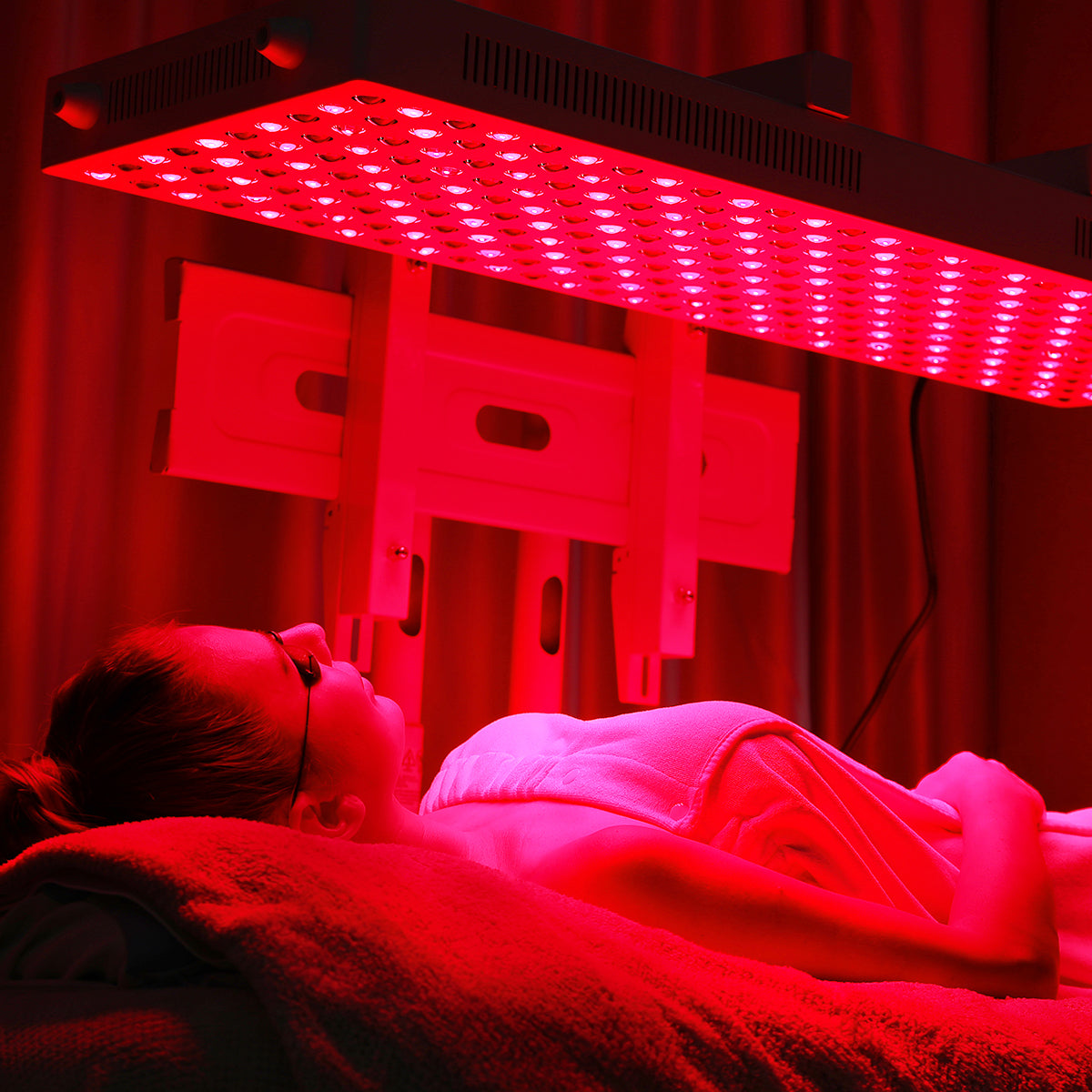
Leave a comment
This site is protected by hCaptcha and the hCaptcha Privacy Policy and Terms of Service apply.